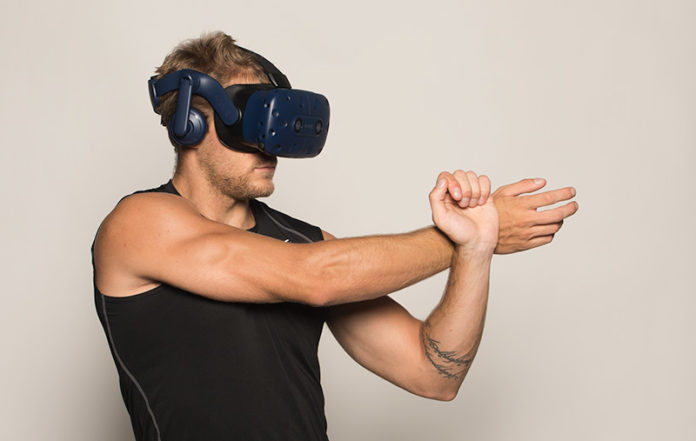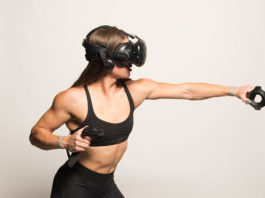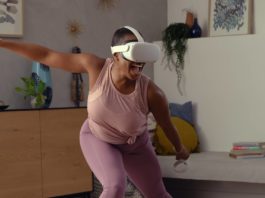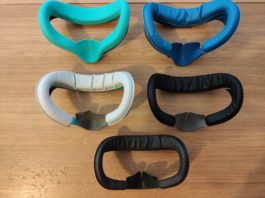If you’ve ever dealt with a chronically sore shoulder, you know it can be debilitating and depressing. However, it appears that virtual reality could be a key factor in increasing your range of motion. It all comes down to training your brain differently, and VR pain management developer Karuna Labs believes it has made a breakthrough.
Sometimes my mind plays tricks on me
A recent study with 15 patients suffering from chronic shoulder pain was conducted by Karuna Labs. In the study, the company’s Virtual Embodiment Training technology was used to measure effects on non-painful limbs. Using “Mirror Visual Feedback,” participants were shown their non-affected arm as if it were their painful arm. Tests were conducted to measure the range of motion on their shoulder flexon, scaption, and abduction.
When this was done, the range of motion was reduced in the shoulder. What did not happen, however, was the reverse. Mirroring the non-affected arm onto the painful side did not increase the range of motion.
This certainly makes sense. Pain starts in your nerves rather than the brain directly, but Karuna Labs is confident about its potential applications. The technology is already being used to address pain more broadly in both homes and in clinics.
“These study results using our proprietary VR technology have immense implications for rehabilitation in patients suffering from chronic pain,” said CEO Lincoln Nguyen in the announcement. “Not only does our Virtual Embodiment Training provide measurable improvements in range of motion for patients with chronic pain, but it may have the potential to become a safe alternative to surgery, opioids, and traditional physical therapy upon further study.”
This isn’t the first time we’ve heard of VR being used to aid rehabilitation, either. Neuro Rehab VR developed its own platform via Oculus Quest that is meant to complement physical therapy rather than eliminate it. Using software while performing exercises leads to more accuracy. This could potentially mean faster recovery as better connections are established in the brain.




